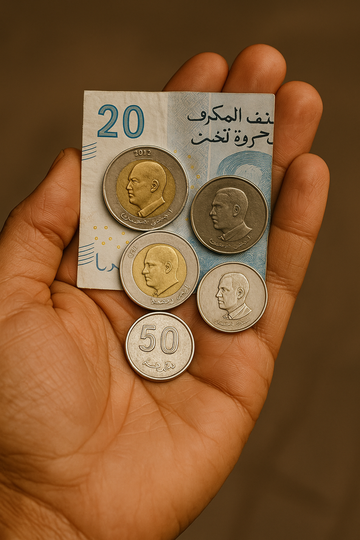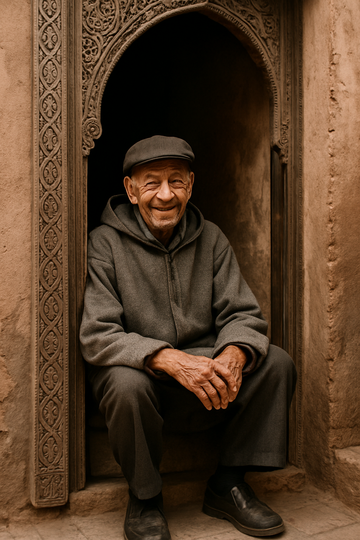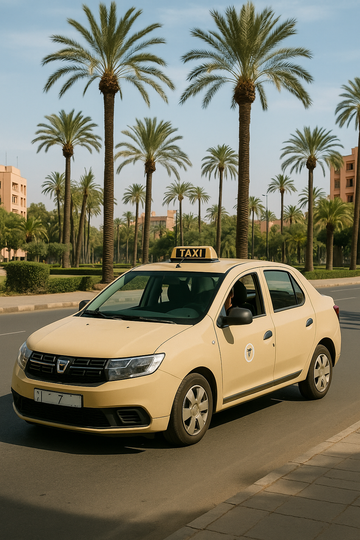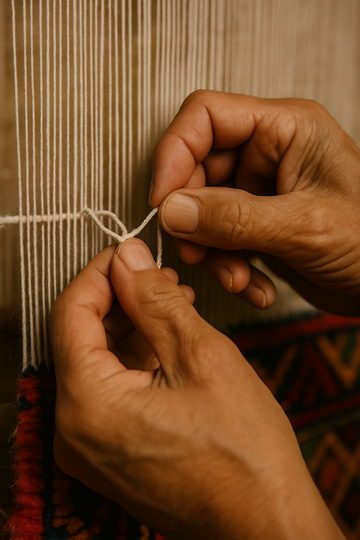A Moroccan Berber rug is far more than just a beautiful floor covering. It is a textile of stories, a canvas of beliefs, and a piece of living history, traditionally woven by the Amazigh (Berber) women of the Atlas Mountains. The seemingly simple geometric patterns that adorn these rugs are not random decorations; they form a rich, symbolic language passed down from mother to daughter through countless generations.
These symbols tell tales of daily life, major life events like birth and marriage, spiritual beliefs, and the natural world. While the exact meanings can vary from tribe to tribe and are often deeply personal to the weaver, many symbols share a common heritage.
Understanding this visual language allows you to see these rugs not just as objects of beauty, but as intimate human documents. Here is a guide to some of the most common symbols found in Moroccan rugs.

A Glossary of Common Berber Symbols
The Diamond (Lozenge)
-
What it looks like: A rhombus or diamond shape. It is perhaps the most common and powerful symbol in Berber weaving.
-
Common Meanings: The diamond is a universal symbol of femininity, fertility, and womanhood. It represents the womb and the creative power of women. Often, a small diamond inside a larger one can symbolize pregnancy or birth. As a closed shape, it is also seen as a powerful protective talisman, guarding against the evil eye and warding off negative forces.
The "X" (The Cross)
-
What it looks like: A simple 'X' shape.
-
Common Meanings: This symbol is often interpreted as representing the weaver herself, a signature of her presence, skill, and place within the universe. It can also symbolize the crossing of paths, a choice to be made, or the four corners of the earth.
The Zig-Zag
-
What it looks like: A series of connected diagonal lines, like a lightning bolt or a river's path.
-
Common Meanings: The zig-zag is a dynamic symbol of movement and change. It is often used to represent serpents, which are powerful figures in Amazigh folklore associated with fertility and shamanic wisdom. It can also symbolize rivers, mountains, or the winding journey of life itself.

The Chevron
-
What it looks like: A 'V' shape, often repeated in lines or columns.
-
Common Meanings: Similar to the zig-zag, the chevron is a symbol of fertility and the cyclical nature of life. It can represent the legs of a bird, a common motif, or the constant rhythm of birth, life, and death.
The Barley (Checkerboard Pattern)
-
What it looks like: A pattern of alternating light and dark squares, like a checkerboard.
-
Common Meanings: This pattern is a direct representation of agriculture, seeds, and abundance. Barley is a staple crop, and this symbol is a powerful wish for fertility, wealth, and a successful harvest.
The Eye
-
What it looks like: Often a small dot or a tiny diamond, sometimes arranged in a pattern.
-
Common Meanings: A simple yet potent symbol, the eye is a classic protective device found in many cultures. It is believed to reflect back evil energy and protect the rug's owner from the envious "evil eye."
The Weaver's Comb or Scissors
-
What it looks like: A shape that resembles a comb with teeth or a stylized pair of scissors.
-
Common Meanings: Sometimes, the weaver will incorporate the tools of her own trade into the design. The comb, used to beat down the weft and tighten the knots, is a symbol of the act of creation, skill, and the weaver’s own artistry.
Curious about these tools? Learn more about them in our MyRugy Craft Box.
The Meaning of Color
Color also plays a vital symbolic role:
-
Red: Represents strength, protection, and blood/life.
-
Blue: Often from indigo, it symbolizes wisdom, eternity, and the sky.
-
Yellow: Represents the sun, gold, and the divine.
-
Green: Symbolizes peace, paradise, and nature.
-
White/Cream: Represents purity, blessings, and peace.
To look at a Berber rug is to read a story. To create one is to write your own. While this guide helps you understand the language, the only way to truly feel its power is to learn it yourself. In a creative space like the MyRugy Workshop, you are not just taught patterns; you are invited to weave your own symbols and tell your own story, creating a piece that is not only beautiful but deeply personal.
Want to start your own weaving journey? Join us in Marrakech or try the MyRugy Craft Box at home.





